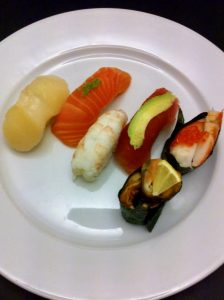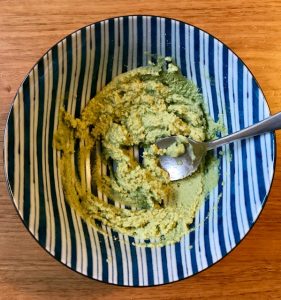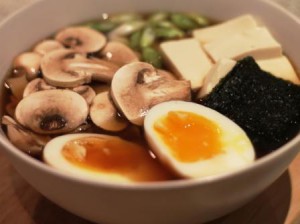
There are several countries in the world that produce sushi rice. Japan of course and China, Korea and the United States do also produce sushi rice.
There is quite a big difference between the sushi rice produced in the different countries. The rice grain itself can vary in size and, of course, it has an influence on cooking the rice.
However, I have most experience with using sushi rice which is either produced in Japan or also in the USA. Since these types of sushi rice varieties I learned to cook to perfection when I was trained for Japanese sushi chef.
Read more about Sushi course for beginners
_
Zoë has held sushi courses and cooking classes for A. P. Moller – Maersk, Hugo Boss Nordic, Novo Nordisk, Novartis, Velux, Gorrissen Federspiel, Beierholm revision, Elbek & Vejrup and many more.






